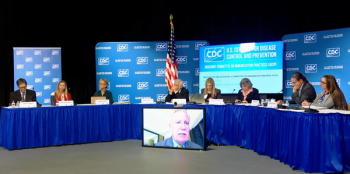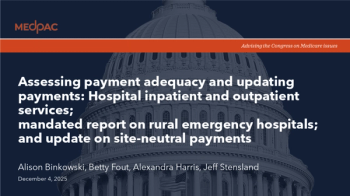
10 states with the highest obesity rates in 2025
Obesity remains overwhelmingly concentrated in the South and Midwest, with rates topping 40% in two states. Trust for America’s Health warns that “this progress is limited and at risk” amid federal cuts to prevention programs.
The
Still, the organization cautions that “this progress is limited and at risk” due to proposed cuts to federal programs supporting nutrition and chronic-disease prevention. The reductions would affect the CDC’s National Center for Chronic Disease Prevention and Health Promotion, which funds many state and local obesity-prevention initiatives.
“Structural barriers to healthy eating and physical activity need continued policy attention and investment,” said J. Nadine Gracia, M.D., MSCE, president and CEO of TFAH.
“It is vital that government and other sectors invest in – not cut – proven programs that support good nutrition and physical activity and ensure they reach all communities."
According to the report, about 4 in 10 U.S. adults have obesity. Rates are highest among Black (49.9%) and Hispanic (45.6%) adults, followed by White (41.4%) and Asian (16.1%) adults, based on
Childhood obesity remains a major concern: just over 21% of children and adolescents ages 2–19 have obesity, according to
TFAH’s policy recommendations include:
- Retaining and strengthening CDC
chronic-disease-prevention programs. - Reversing proposed cuts to SNAP and WIC while improving the nutritional quality of available foods.
- Implementing front-of-package nutrition labels to help consumers make informed choices.
- Preserving access to care for obesity prevention and treatment through Medicaid and marketplace subsidies.
- Addressing structural drivers of disparities, including affordability of healthy foods and access to safe spaces for exercise.
TFAH warns that without sustained investment in prevention, health equity and community programs, states with the highest obesity levels could see rates rise further.
Note: The BRFSS report notes a lack of data for Tennessee, so it is excluded from these rankings.
Newsletter
Stay informed and empowered with Medical Economics enewsletter, delivering expert insights, financial strategies, practice management tips and technology trends — tailored for today’s physicians.
















